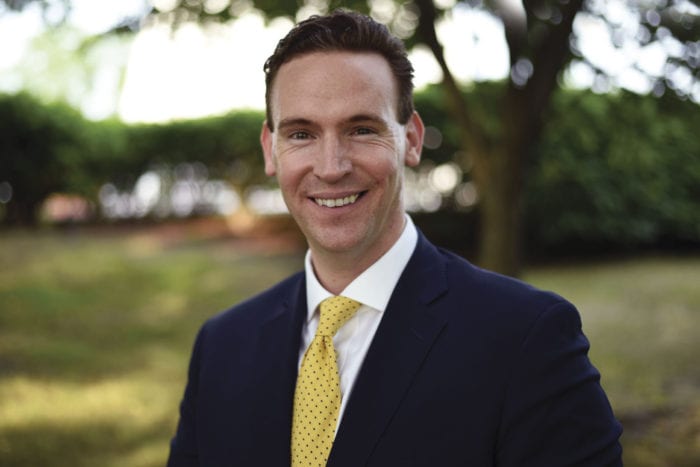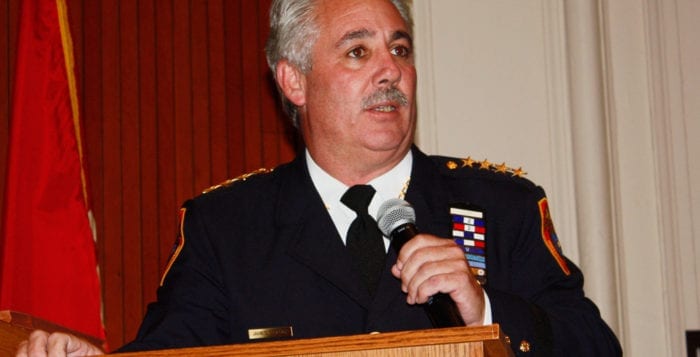With a master plan in place to breathe new life into the area, Port Jefferson Village is pushing for millions in state funds to give some long overdue Uptown Funk to residents.
The village, in an effort to get moving on much discussed upper Port Jefferson revitalization, has recently applied for a combined state grant of $9.46 million through the Consolidated Funding Application — $7.06 million from Local Waterfront Revitalization Program and $2.4 million from Empire State Development.
Initially hoping to secure up to $10.5 million through New York State’s Downtown Revitalization Initiative, Port Jeff lost out on that grant last week when Hicksville officials received the funds to renovate and revitalized their own downtown area.
However, Port Jefferson village officials applied for funding through the state’s Consolidated Funding Application so they could still get agency funding individually by project for several desired initiatives in the area surrounding the Long Island Rail Road station in what’s commonly called upper Port.
If awarded, the funds will contribute to the village’s face-lifts along the intersection of Perry Street and Main Street and about a block north of the train station.
The multiphased project known as Uptown Funk has been building momentum since 2014 and aims to transform blighted properties, better connect residents to work, make the streets more walkable and vibrant and provide an overall better place to live, especially for younger residents, according to Village Mayor Margot Garant.
At the beginning of 2017, the village secured $500,000 from Empire State Development through Restore New York Communities Initiative to help demolish a blighted building, and a grant of $250,000 from Suffolk County as part of its Jumpstart program for transit-based improvements around the train station.
Garant said the latest ask for millions of dollars is for good reason. The pending grant is considerably more money than the village has received in the past, though the mayor said she feels it is necessary due to a drastic change in Port Jefferson’s marketplace.
“[Rail] Realty built 76 brand new apartment units last year that got rented out in lickity split time — housing is desperately needed,” Garant said in a phone interview. “We only put in for $500,000 last year because we weren’t ready. Now we are.”
The mayor said among those who will benefit from the project are Stony Brook University students, who are just a train ride away.
“Those people need housing, those students need a place to be, they need a sense of community,” she said. “We’re ready with shovel in the ground projects and I’m hoping we get a piece of the pie. I need the state to recognize that these projects are ready to go.”
On the long list of projects in the upper Port master plan, Garant said, are new gateways, parking lot renovations, major streetscape improvements, blight studies and the implementation of new sidewalks and streetlights. Many of these are currently underway using the previously awarded funds.
“Whatever they give me, I’m going to put to work,” Garant said. “One of the reasons I decided to run again for my fifth term was I wanted to see the planning we’ve done, the money we’ve spent and the effort the community has put into planning this come to fruition. We’re right on the cusp of that.”
The village’s grant writing manager Nicole Christian, of HB Solutions LLC, said all the village’s projects aligned with the requirement set by the region, and she said she believes the village stands a good chance of at least getting partial funding.
“I think Uptown Funk is going to skyrocket this village through its stratosphere,” Christian said. “It’s a destination for young people, families, tourists, I think it’s a fantastic investment for the community. And I think the state knows that too.”
She said the application is currently under agency review and they should have an answer by November.























